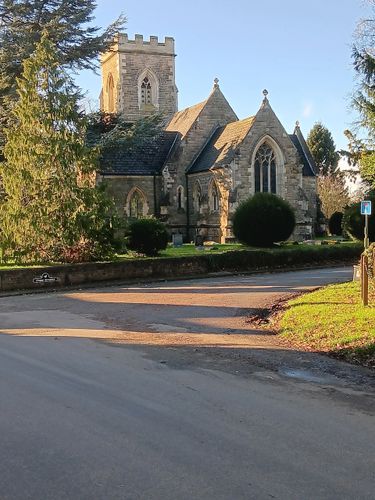Ancestral Locations - Hidden Heritage

Photographs and information on local history in Warwickshire and Leicestershire.
(Currently under development)

Photographs and information on local history in Warwickshire and Leicestershire.
(Currently under development)